Legends from Jaguar's past driven: C-Type, XK-120 & E-Type
The British Racing Green (BRG) Jaguars prevailed at the toughest motor race in the world – the 24 Hours of Le Mans – five times between 1951 and 1957. Jaguar, the C and D-Type racers used aluminium monocoque construction in competition for the first time, and out-braked their competition.
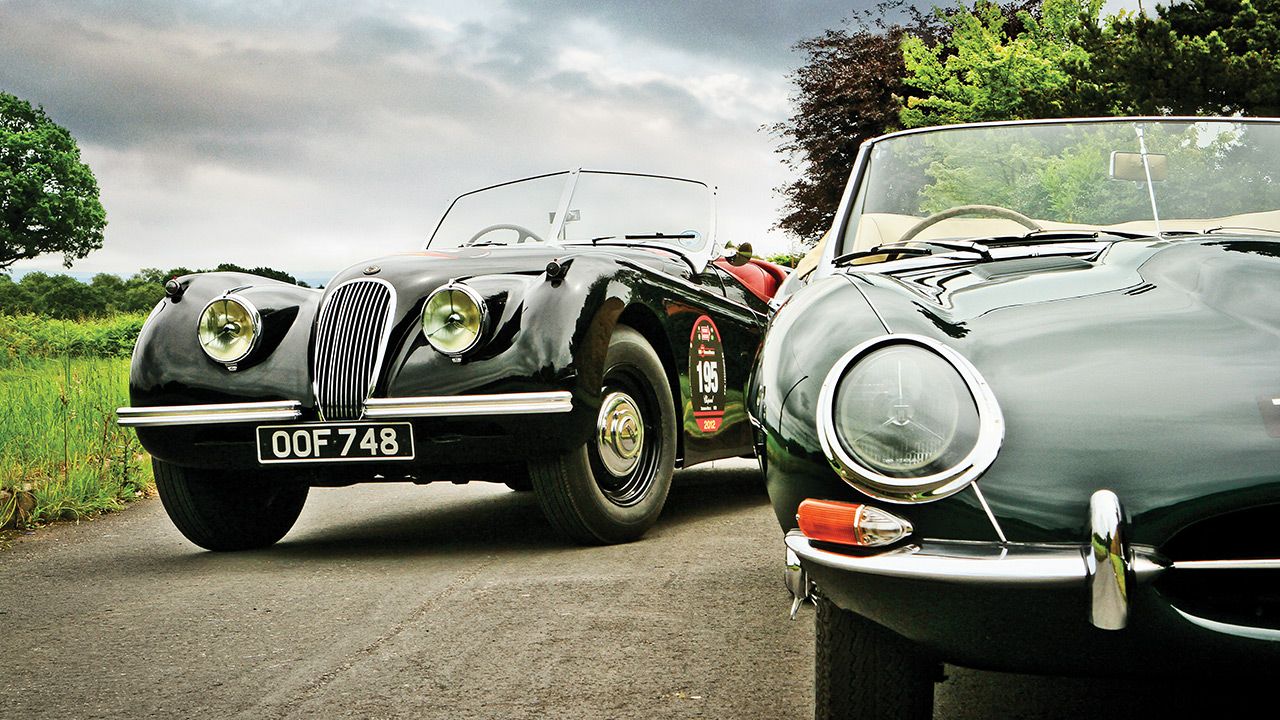
We got behind the wheel of three legends from Jaguar’s past to see just what the F-Type has to live up to.
The British Racing Green (BRG) Jaguars prevailed at the toughest motor race in the world – the 24 Hours of Le Mans – five times between 1951 and 1957. During what were the glory years for Jaguar, the C and D-Type racers used aluminium monocoque construction in competition for the first time, and out-braked their competition (mainly Ferrari) at the end of the famous Mulsanne straight at Le Mans by pioneering disc brake technology as well.
Then came the 60’s, when Jaguar literally dropped a bomb on the production car world by unveiling the E-Type – a car that Enzo Ferrari famously described as the most beautiful car ever made. It simply oozed sex appeal, and became an icon of the 60’s. So, on the eve of the launch of the F-Type, we headed straight to the Jaguar Museum at its spiritual home on Browns Lane in Coventry to see just what kind of heritage the F-Type has to live up to.

Jaguar is literally woven into the fabric of society at Coventry – almost everyone who lives there has some personal connection with the brand. I started my tour inside the museum, which showcased the roots of the brand that stretch as far back as 1922, when it was known as the Swallow Sidecar Company. The name was changed to SS Cars in 1934. One year later, the SS100 was introduced – which was the world’s first affordable sports car capable of hitting 100mph. Post war, in 1945, the SS Cars nomenclature was dropped due to its association with the Third Reich of the Nazi Party, and the company was renamed – for the final time – Jaguar Cars.
My tour in the museum extended to the Archive Room that even included immaculately preserved record books from half-a-century ago, which had everything from the date of production, engine & chassis numbers, body type, colour and distributor information – indicating which part of the world the car was shipped to. We then headed outside, so that I could fully immerse myself in this ‘Green Blood Experience,’ as it’s referred to. And it was then that I nearly bear- hugged my tour guides, since I couldn’t quite believe my luck. You see, they had lined up the following exquisite machines for me to sample – an XK120, a C-Type, and two E-Type’s (a Series 1 convertible, and a Series 3 coupe).
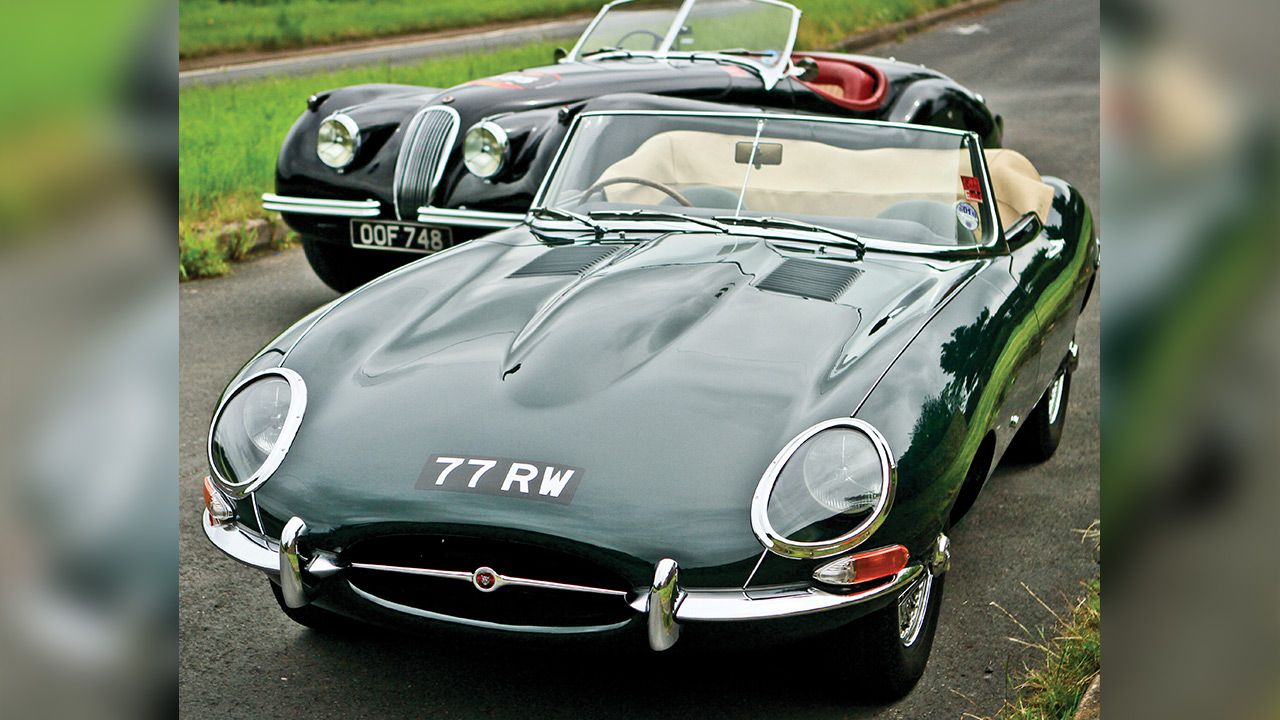
The XK120 was the first post-war sports car from Jaguar, and it’s slippery, sensual shape marked a new beginning for the company. This car also introduced the famed Jaguar XK engine, which featured an alloy cylinder head and a dual-overhead camshaft (DOHC). Remember, this was 1948! Needless to say, it was advanced for its time, and its basic architecture was in use till the as late as the 1980’s. The XK120 got its name from its impressive top speed of 120mph (193km/h), which made it fastest production car in the world at the time.
It was produced from 1948 to 1954, and the first customer car went to Clark Gable – of Gone with the Wind fame. And this very car won a Best in Class trophy at the Pebble Beach Concours D’Elegance just this year. It’s not hard to see why – the beautiful aerodynamic shape of the XK120 looks almost like a crouching Jaguar ready to pounce. As I approached the car to get into the drivers’ seat, I practically had to pinch myself. However, immediately, I was faced with my first problem – how to open the door in order to get in? You see, the XK doesn’t have external door handles, so you have to reach in and pull a cord on the inside of the door panel instead.
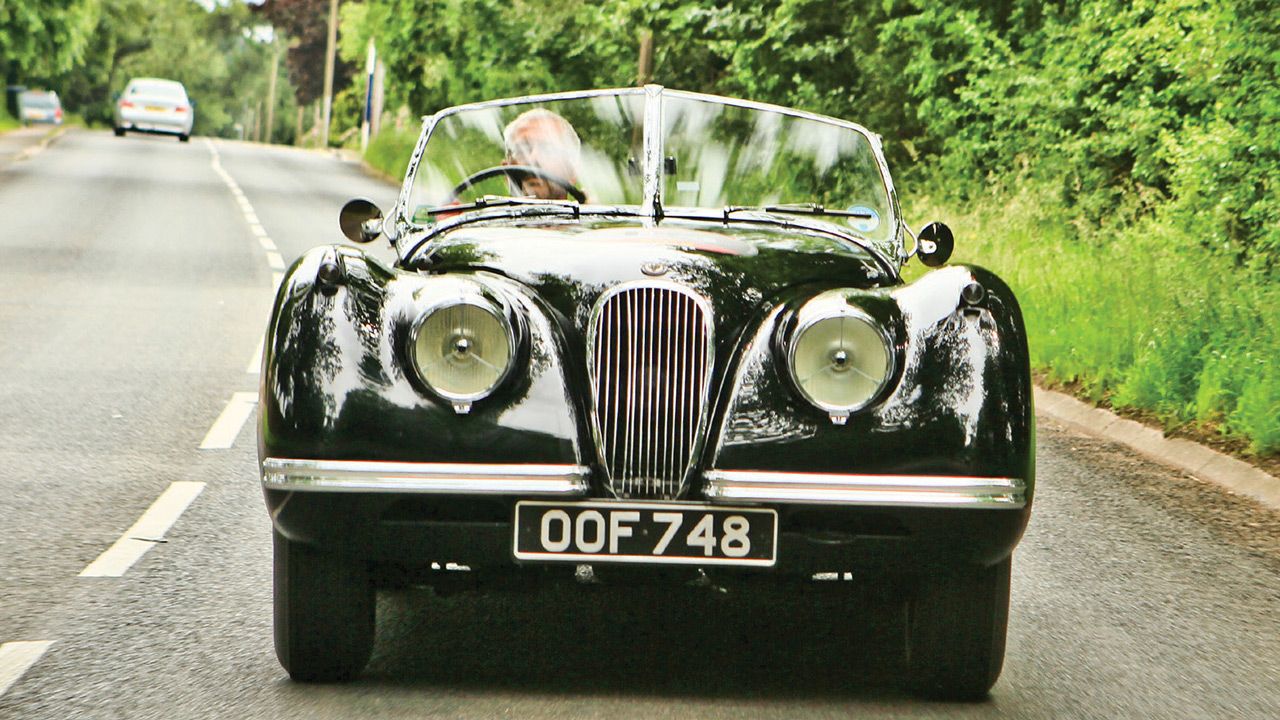
Right, problem solved, and I found myself firmly ensconced in the driver’s seat. My co-passenger, a Jaguar Heritage Trust volunteer, asked me if I could double de-clutch and heel-and-toe. “No problem,” I replied. Well, heel-and-toe really is no problem, and I have double de-clutched in the past – so I was hoping for the best. I had been forewarned however, if I were to so much as grind a gear, I would most certainly receive a (well meaning) rap on my knuckles. So, it’s safe to say that I was expecting to get relatively bruised by the end of the day.
At any rate, I turned the ignition key and hit the starter button. The engine cranked to life immediately, and the rumble of the straight-six was music to my ears. The XK120 came with the famous ‘Moss Box’ – a four speed manual gearbox with no synchro in first gear. So, the key is to slot the gear lever in second initially and then slide your way up to first. I did as I was told, and we were on our way. The massive steering wheel in front of me required a lot of shuffling to get its recirculating ball steering rack – which had a fair amount of play – to respond and get the car pointed in the direction I intended. Nevertheless, first impressions were good.

The car was relatively easy to drive – going up the gears was no problem indeed – and the power from the 3.4 litre straight-six, which delivered 160 horsepower when new, was more than adequate. In fact, the torque from the engine is such that you can virtually put it in 3rd and cruise around all day. But, eventually it came time to hit the brakes and downshift. Now, while power was never really an issue – even in those days – shedding speed was a whole different story. Especially when compared to the carbon ceramics of today, the brakes of yesteryear are more suggestive rather than action oriented. So, you hit the pedal well in advance and hope for the best. Then you depress the clutch, put the gear lever in neutral, release the clutch, blip the throttle while still braking, and simultaneously press the clutch again and engage the lower gear. And voila, I managed to get it right the first time out.
With my confidence up, I realized just how comfortable these cars really are to drive. Visibility is incredible – even the small rear view mirror that stands on a stalk which extends from the center of the dashboard is quite useful. The low door sill meant that I could rest my elbow on the frame, while I envisioned being clad in a smoking jacket with an elbow patch driving through the country at my own pace during a much simpler time. Instead, I was surrounded by ringing cell phones, busy roundabouts, and massive trucks. Despite everything, though, you do get completely immersed in the experience of driving one of these cars, not only because you have to use all your faculties – in that you have to plan ahead, brake early, and remember to double de-clutch – but also because it’s such an enjoyable experience to actually feel like a working part of the machine, rather than a dispensable mass of blood and guts, which is what most modern cars make you feel like at regular intervals.

Before I knew it, though, we were heading back to the museum for me to jump into the C-Type – now I really had to pinch myself. You see, the C-Type is a proper racer – it’s a two-time Le Mans winner (1951 and 1953) for god’s sake! The C-Type – wherein C stands for competition – is essentially built on the XK120 platform, except that it weighs 500 kilos less and has over 200 horsepower. And you merely have to open the feather-light drivers’ door to notice the difference. Inside, the cabin is completely bare with large sections of exposed metal. In here, everything is meant to be completely functional. The only concession to the modern age (unseen of course) is an electric fan under the bonnet that keeps the engine cool while you’re stuck in rush-hour traffic – not something this car was originally designed to do.
You’re reminded again that this is a no-holds barred racer when you hit the starter button. The engine screams to life, and the exhaust note is on the verge of being deafening – but what a way to lose your hearing should that be the case! As soon as you hit the accelerator pedal, you can immediately feel the difference of the 500 kilos shed from the XK. The urgency in the power delivery is absolutely addictive. I have to keep reminding myself that the car I’m driving is worth upwards of 2 million Pounds. But what I’m surprised by most, however, is that I’m even more comfortable in this than I was in the XK120. What a machine!

And once you drive it, you get a real sense of respect for the daring (read: insane) gentleman drivers that raced these machines back in the day. Those guys were real heroes. I mean imagine hurtling down the Mulsanne straight at about 250km/h on nothing but a wing and a prayer. There’s very little to protect you from the elements, other than a set of brakes (at least until the disc brakes arrived in the later C-Type’s) that just about respond to a few hundred pounds of pressure. But you forget all that during a short drive around Coventry in a Le Mans legend. All you can do is take in the moment – enjoy the unrestricted engine note, as well as the immediacy and mechanical feel of the controls – while wearing a knowing smile and containing an elevated heart rate, as you drive through modern day traffic in a machine with a stunning teardrop shape.
And then it was time for what we came here for – the E Type. We started out in my favourite E-Type of all-time – a British Racing Green Series 1 convertible. What an absolutely drop-dead gorgeous machine. It’s probably third on my list of most beautiful cars of all time (I won’t say what one and two are at the moment, but they’re both from the same era). It’s long, sexy bonnet conceals the power within – the 3.8 litre Jaguar XK in-line six engine really was that big. Imagine what an absolute sight to behold this car must have been when it was first launched in 1961. And what’s more, it was fast – it accelerated to 100km/h in just over 7 seconds. The icing on the cake, though, was that it was relatively affordable as well – and that’s exactly what cemented its place as a game-changer in the automotive world.
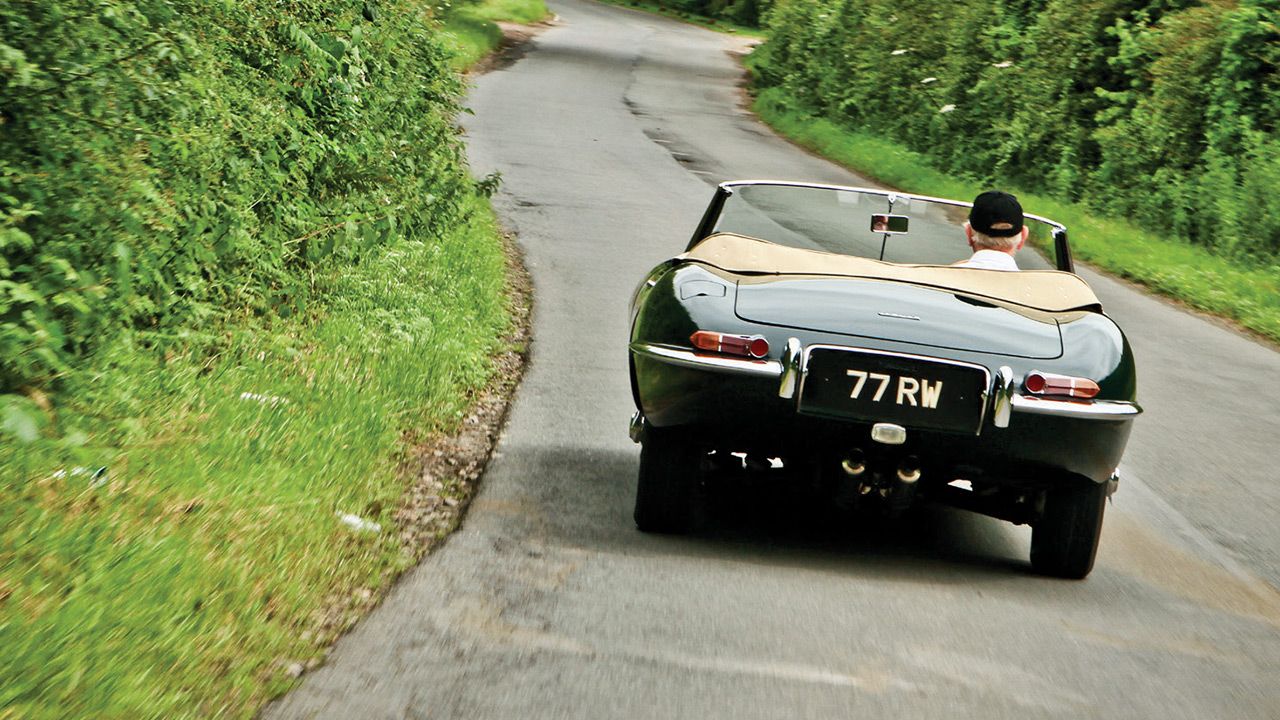
It’s got beautiful interiors as well – with a wood-rimmed steering wheel, clear gauges, and a machined aluminium center console. The best part, however, is sitting in the drivers chair and looking out at that massive power bulge in front of you. The exhaust has a really nice burble, the steering has a lot less play, and the engine has a phenomenal mid-range. This car feels almost modern. Until you come to change gears that is. You see, this also has the Moss box. And while the other two humoured me, this one didn’t like me at all. I’m not sure if it was recently rebuilt, but it completely destroyed the confidence I had built up in the other two machines, as it didn’t let me get in a clean downshift even once. Each time I attempted to double de-clutch and downshift, the tacho needle would bounce around in the rev counter as if mocking my failing attempts at a clean gear change. But that apart, you only have to drive the E-Type for a few hundred yards to immediately understand the appeal. It was so comfortable, and so alluring that I simply did not want to stop driving it.
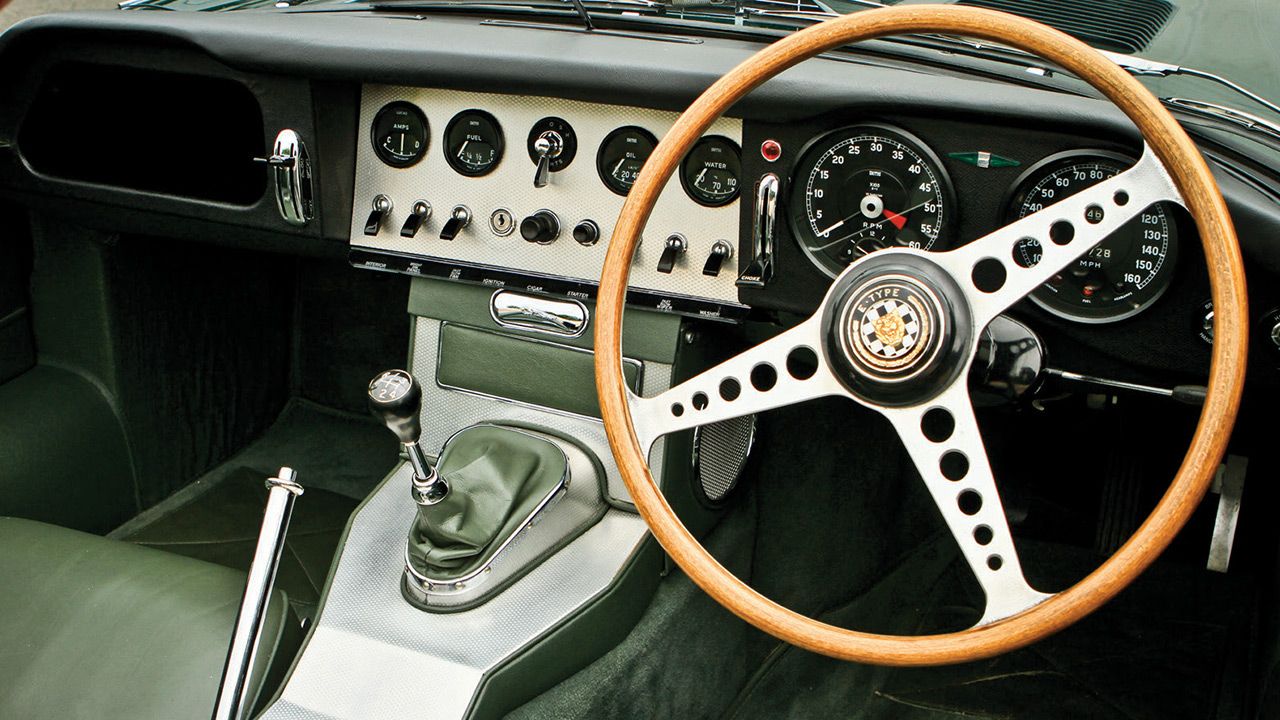
But I had to – only to get into a Series 3 V12 coupe mind you. This car was produced till 1974, so it really is quite modern – especially when compared to the XK120. For starters, it had synchros on the gears, and didn’t require me to double de-clutch. And the V12 engine simply had endless reserves of power. In fact, this felt much more like a GT car rather than an out-and-out sports car. The E-Type had grown quite refined over the years, and this was very much a gentleman’s machine – one in which to cross continents. You’d certainly have no trouble outpacing today’s traffic, so it’s an alluring thought. And, on that note, all I can do now is reflect on what was a brilliant day indeed. As for the F-Type – well, let’s just say it has a LOT to live up to!
Also read - Jaguar F-Type Coupe Review
4x4 Genesis: Land Rover Series 1 + Defender + Discovery + Land Cruiser
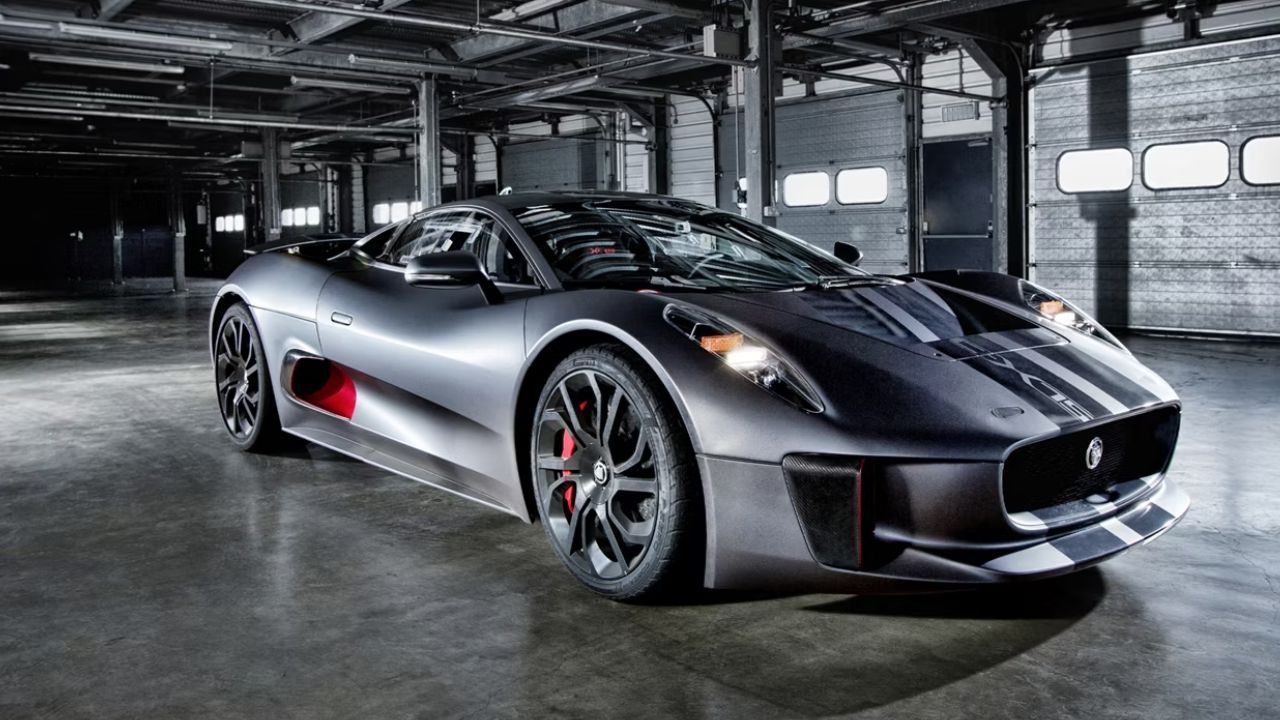

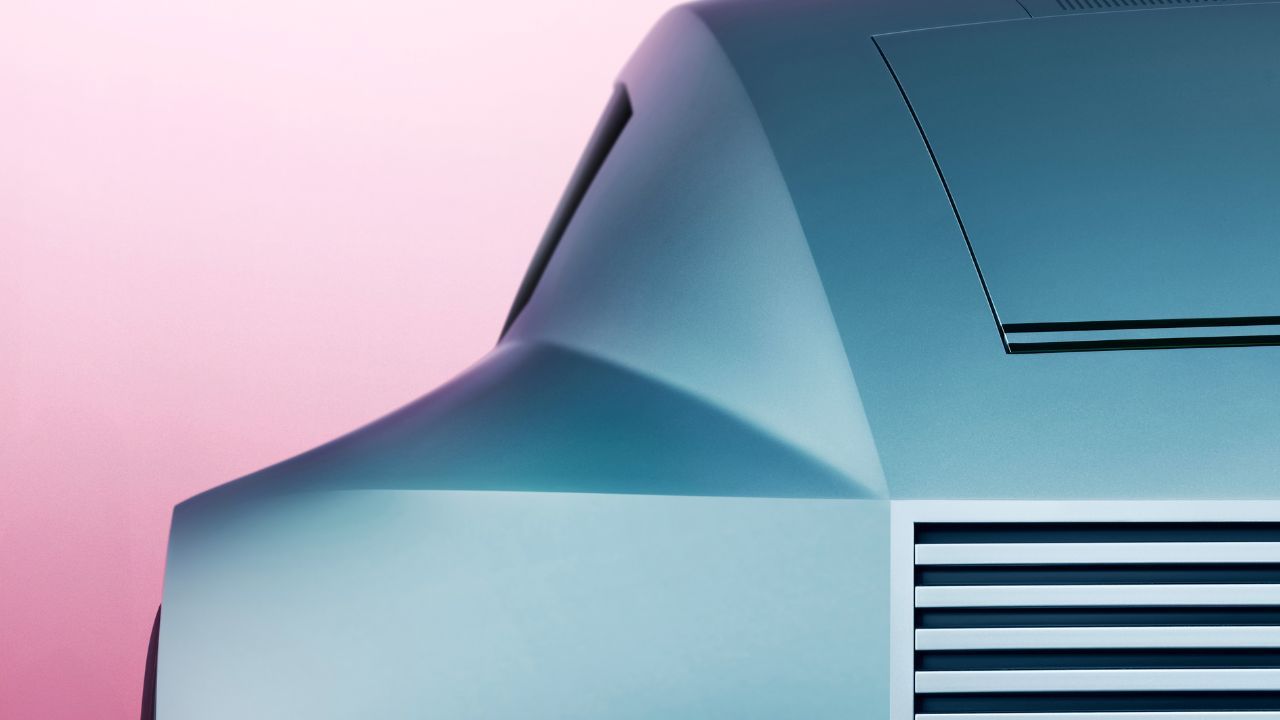








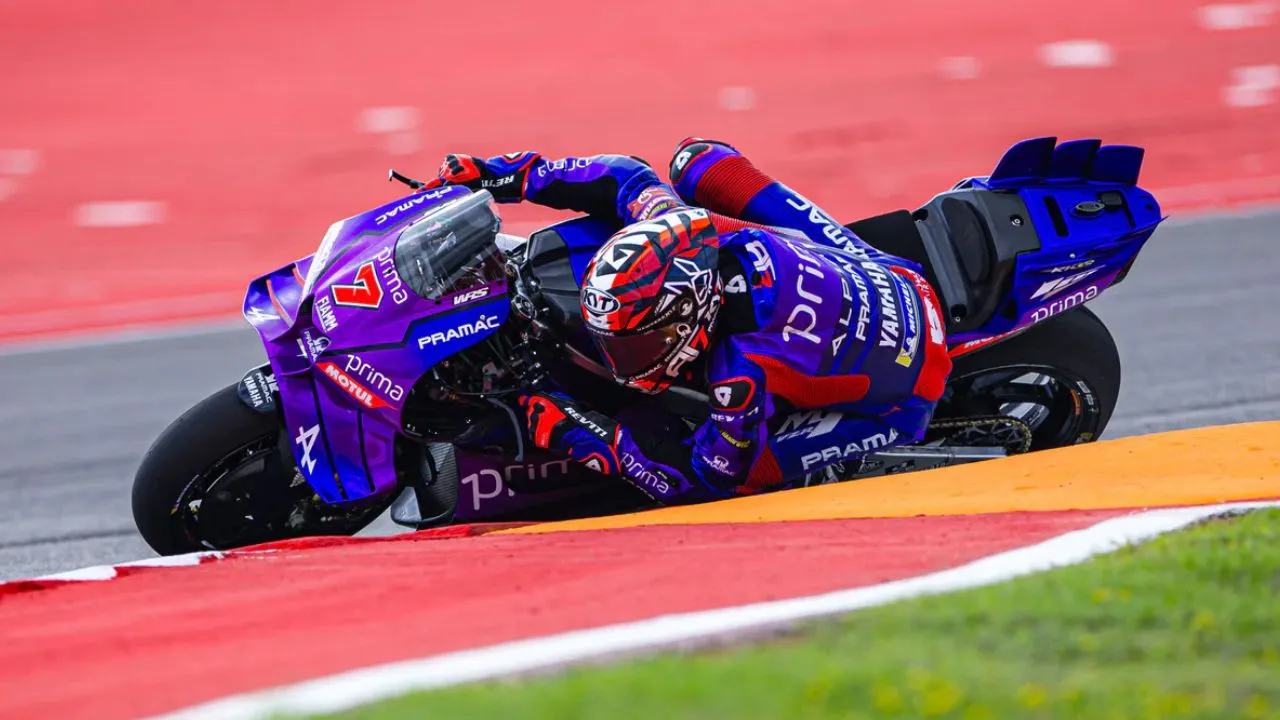
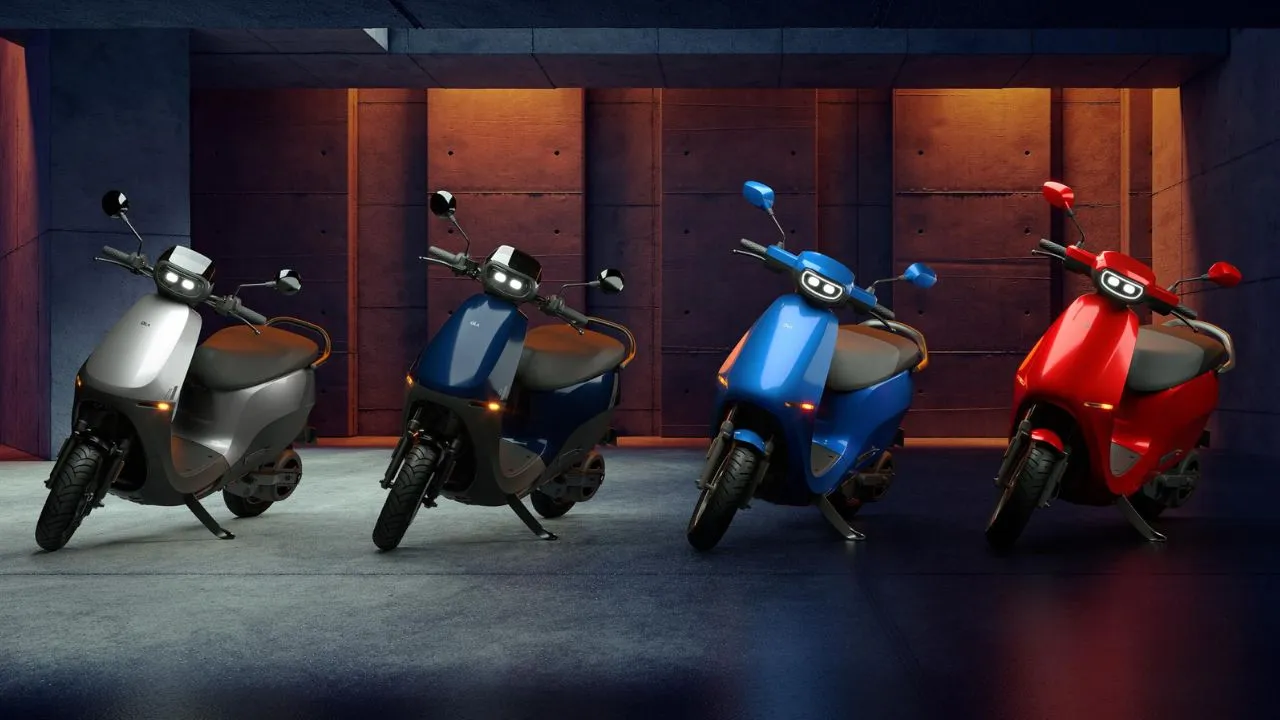

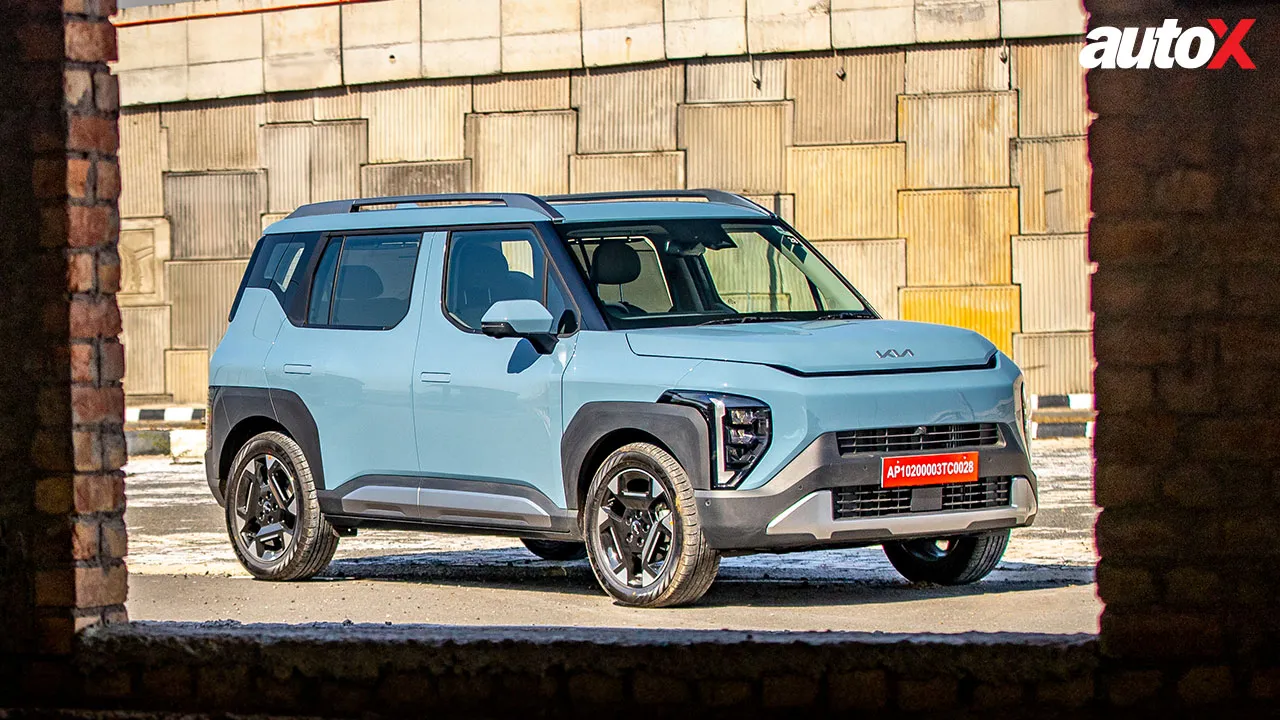
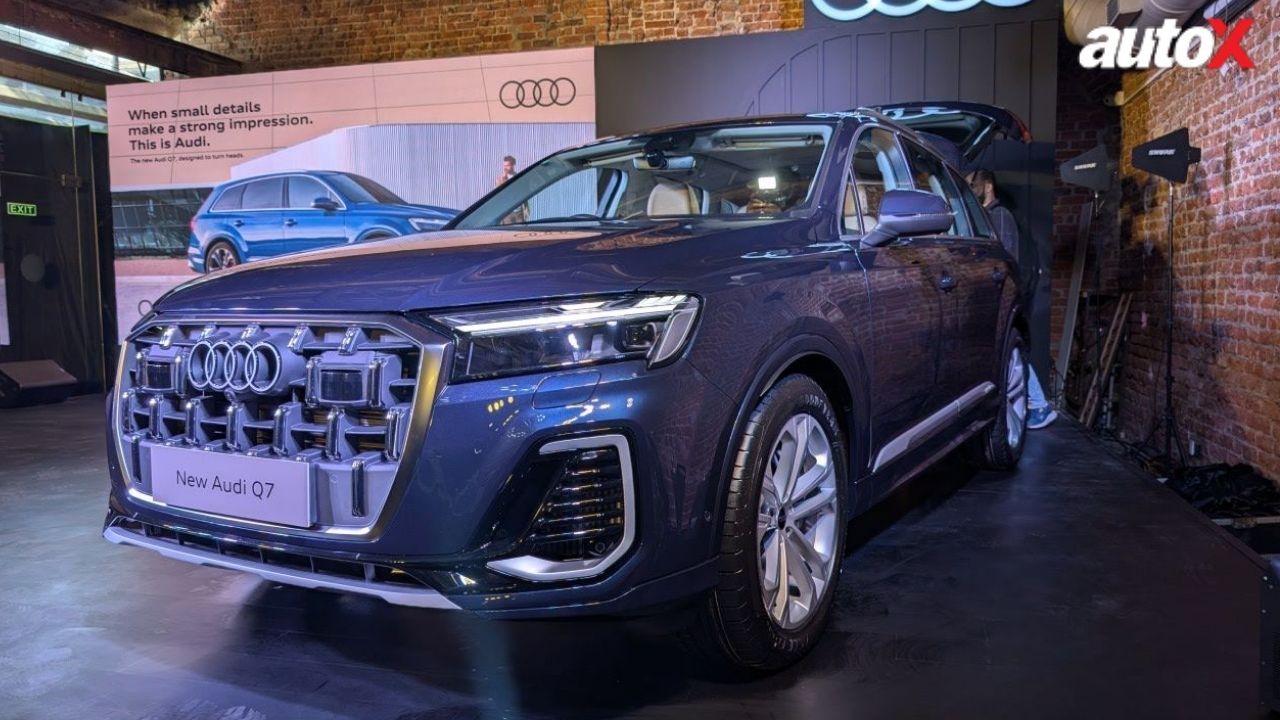





Write your Comment on